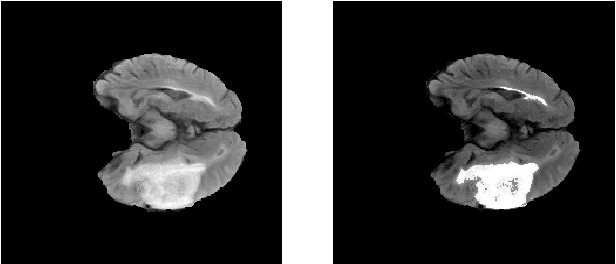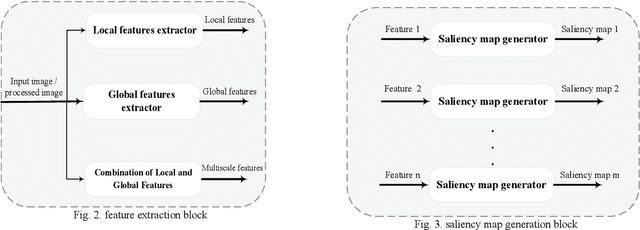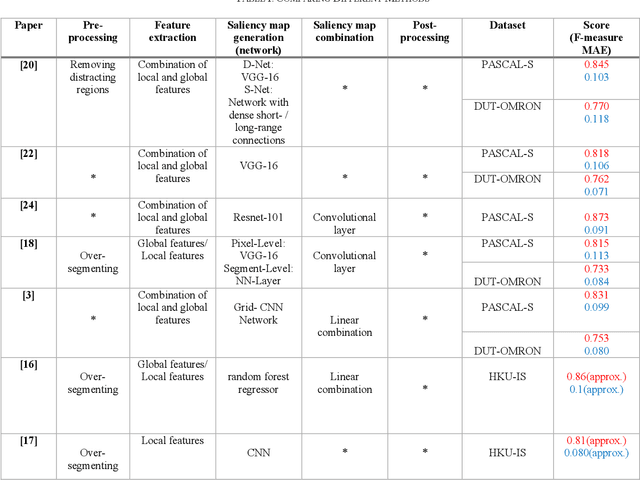Fateme Mostafaie
Region of Interest Identification for Brain Tumors in Magnetic Resonance Images
Feb 26, 2020



Abstract:Glioma is a common type of brain tumor, and accurate detection of it plays a vital role in the diagnosis and treatment process. Despite advances in medical image analyzing, accurate tumor segmentation in brain magnetic resonance (MR) images remains a challenge due to variations in tumor texture, position, and shape. In this paper, we propose a fast, automated method, with light computational complexity, to find the smallest bounding box around the tumor region. This region-of-interest can be used as a preprocessing step in training networks for subregion tumor segmentation. By adopting the outputs of this algorithm, redundant information is removed; hence the network can focus on learning notable features related to subregions' classes. The proposed method has six main stages, in which the brain segmentation is the most vital step. Expectation-maximization (EM) and K-means algorithms are used for brain segmentation. The proposed method is evaluated on the BraTS 2015 dataset, and the average gained DICE score is 0.73, which is an acceptable result for this application.
A General Framework for Saliency Detection Methods
Dec 27, 2019


Abstract:Saliency detection is one of the most challenging problems in the fields of image analysis and computer vision. Many approaches propose different architectures based on the psychological and biological properties of the human visual attention system. However, there is not still an abstract framework, which summarized the existed methods. In this paper, we offered a general framework for saliency models, which consists of five main steps: pre-processing, feature extraction, saliency map generation, saliency map combination, and post-processing. Also, we study different saliency models containing each level and compare their performance together. This framework helps researchers to have a comprehensive view of studying new methods.
 Add to Chrome
Add to Chrome Add to Firefox
Add to Firefox Add to Edge
Add to Edge